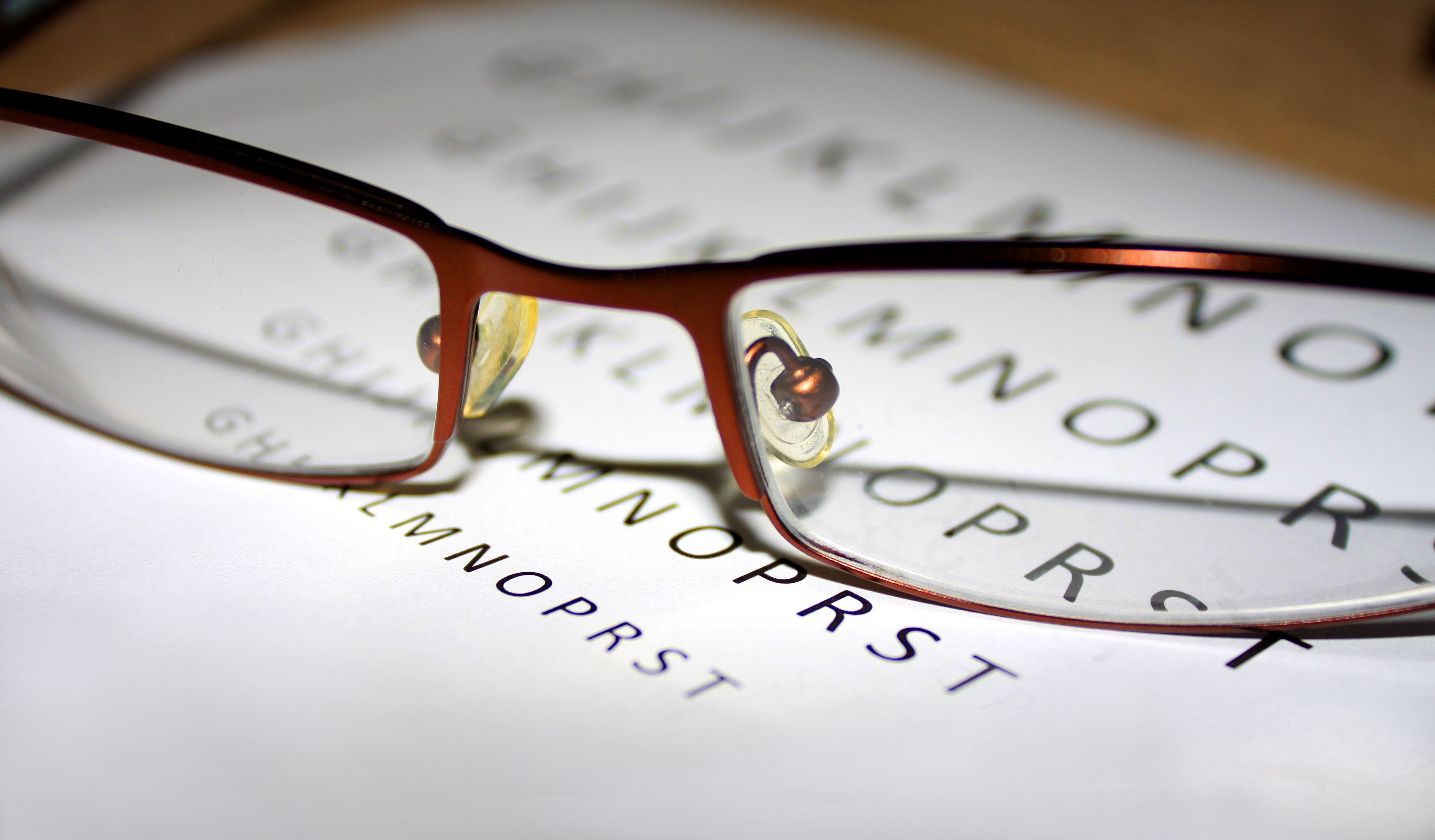Article
Researchers Repair Damaged Corneas Using Healthy Stem Cells
Author(s):
For the first time in the United States, researchers have rebuilt damaged corneas using a patient’s own stem cells to aid in the recovery from ocular injuries such as chemical burns.
For the first time in the United States, researchers have rebuilt damaged corneas using a patient’s own stem cells to aid in the recovery from ocular injuries such as chemical burns. The breakthrough is a result of a collaboration between researchers and surgeons at Massachusetts Eye and Ear and Dana-Farber Cancer Institute.
Recently, stem cells have been used to create retinal models to facilitate better understanding of certain eye diseases, and a similar corneal procedure was performed on a woman in Japan in September 2019.
However, this most recent announcement marks the first time US surgeons have replaced the ocular surface of one eye using stem cells from a patient’s other, healthy eye, according to a statement released by Massachusetts Eye and Ear.
So far, stem cells from 4 patients who experienced chemical burns to one eye have undergone a technique known as cultivated autologous limbal epithelial cell transplantation (CALEC), which was developed by researchers at Massachusetts Eye and Ear, Boston Children’s Hospital, and Dana-Farber Cancer Institute.
In CALEC, “the surgeon takes stem cells from the limbus, the outer border of the cornea, where a high volume of stem cells reside in healthy eyes. Limbal stem cells help to maintain the barrier between the cornea and the conjunctiva, the white areas on the sides of the eye,” the statement reads.
Because the cells are taken from the patient’s own body, the procedure does not carry the risk of rejection. Thus, there is no need for recipients to take long-term steroids or immunosuppressive medications.
The 4 cases are part of an ongoing clinical trial supported by the National Eye Institute, marking the first human study of a stem cell therapy to be funded by the Institute.
As the feasibility of the technique has now been established without immediate safety concerns, more patients with corneal damage are being recruited into the second phase of the trial, scheduled to continue through 2021. Specifically, researchers hope to better determine the technique’s safety and feasibility, and whether CALEC leads to improved vision by itself or via enabling cornea transplantation.
In April 2018, researchers performed the first CALEC procedure. In this case, “a small biopsy containing stem cells from the patient’s healthy eye that had been taken two weeks earlier was transported to the Connell and O’Reilly Families Cell Manipulation Core Facility at Dana-Farber Cancer Institute…where cornea (limbal) stem cells were expanded and grown on a membrane substrate,” the statement reads.
Then, once the cells grew enough to cover the membrane and the graft was ready for transplant, Ula V. Jurkunas, MD, a principle investigator of the trial, performed extensive scar tissue removal and CALEC on the patient’s cornea.
The manufacturing process of limbal stem cells is carried out in a "cleanroom" environment, complete with strict quality-controlled conditions to maintain the product’s sterility. It takes roughly 3 weeks for the limbal stem cell grafts to be prepared and sent to the operating room.
“Using the patient’s own stem cells is a big step for regenerative medicine,” said Jurkunas, an associate professor of ophthalmology at Harvard Medical School. “With this clinical trial, we hope to pave the way for better care for patients with corneal blindness, who have long needed better solutions for their condition.”
Three patients have subsequently received the CALEC treatment, with 2 patients receiving a transplant after the first biopsy. The third patient did not grow enough cells after the first biopsy attempt but did upon the second biopsy. Cells from an additional patient enrolled in this phase did not grow well enough to undergo the grafting procedure.
The 4 patients who underwent the treatment no longer experienced pain from the initial chemical injuries shortly after the procedures, the statement reads. Patients will continue to be followed-up with long term so researchers can monitor their progress.
Chemical burns to the eye often result in impairment to the limbal area, to the point where no new cells can be created on their own. Infections and complications from contact lenses can also lead to limbal stem cell deficiency.
Current treatment strategies for chemical eye burns include transplantation of an artificial cornea or the conjunctival limbal autograft (CLAU) technique, which involves taking a larger portion of cells from a healthy eye and transplanting them directly onto the affected eye. Both techniques aim to rebuild a healthy surface for the damaged eye while avoiding the use of donor tissue.
“Once a healthy surface has been restored, these patients are able to receive conventional corneal transplants — an outcome that would not have been possible before stem cell transplantation, because limbal stem cells are needed to support the transplanted corneal tissue,” according to the statement. “Researchers hope that some patients may not need corneal transplants and may experience sight and ocular surface restoration with CALEC alone.”
CALEC may also be superior to CLAU as the procedure only requires 1 small biopsy from the donor eye, which may reduce the risk of damaging the healthy eye.





